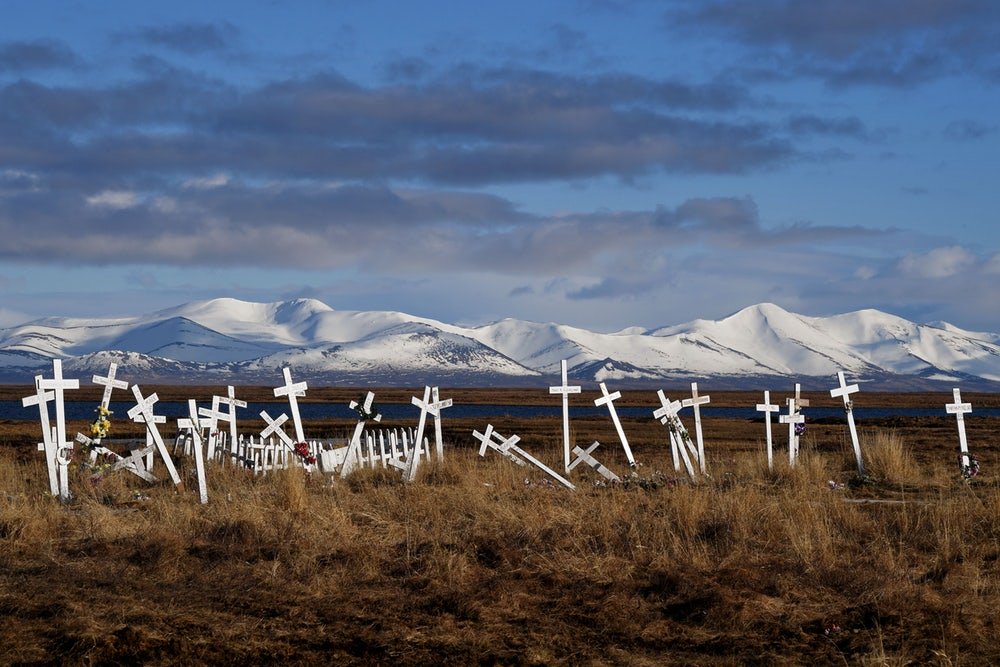
Dr. Jason Blackburn, Associate Professor of Medical Geography, in the Department of Geography and the Emerging Pathogens Institute, and Director of the SEER Lab, was recently quoted in The Next Pandemic Could Be Hiding in the Arctic Permafrost, in The New Republic.
Rather, climate change is creating better conditions for it [anthrax] to continue thriving, said Jason Blackburn, an associate research professor and associate professor of geography at the University of Florida’s Emerging Pathogens Institute.
“We may see a longer growing season in the northern habitat, so we may see those anthrax seasons become longer,” Blackburn told me. “The seasons might begin earlier as the green-up begins earlier—and hotter, longer seasons. We may see more areas opening up to agriculture or livestock than we have currently.” Blackburn said it’s possible that, in a changing climate, the Siberian reindeer and their herders in 2016 were taking a different migration route—one that had once been off-limits because of a historic knowledge of the presence of anthrax but that made more sense given changes to the land during the heatwave.
As for bacteria like anthrax, “there’s a very good and very stable and relatively inexpensive vaccine” for animals, Blackburn said. “It is the number one means of reducing both livestock anthrax and human anthrax.” Since the 2016 outbreak, vaccinations of Russian reindeer resumed, with more than 600,000 reindeer vaccinated each year.
Another critical way to prevent the spread of disease, in the Arctic and elsewhere, is being able to diagnose and treat it quickly, Blackburn said, and to educate the community on what steps they can take to protect themselves and others. “For that 2016 outbreak, there was quite a large community that had no real firsthand experience with anthrax,” Blackburn said. “That can really change the dynamic, because now you’ve got to educate that population, you’ve got to determine what’s causing it, you’ve got to determine what kind of preventative measures might work to reduce the severity of the disease and getting vaccines distributed.”